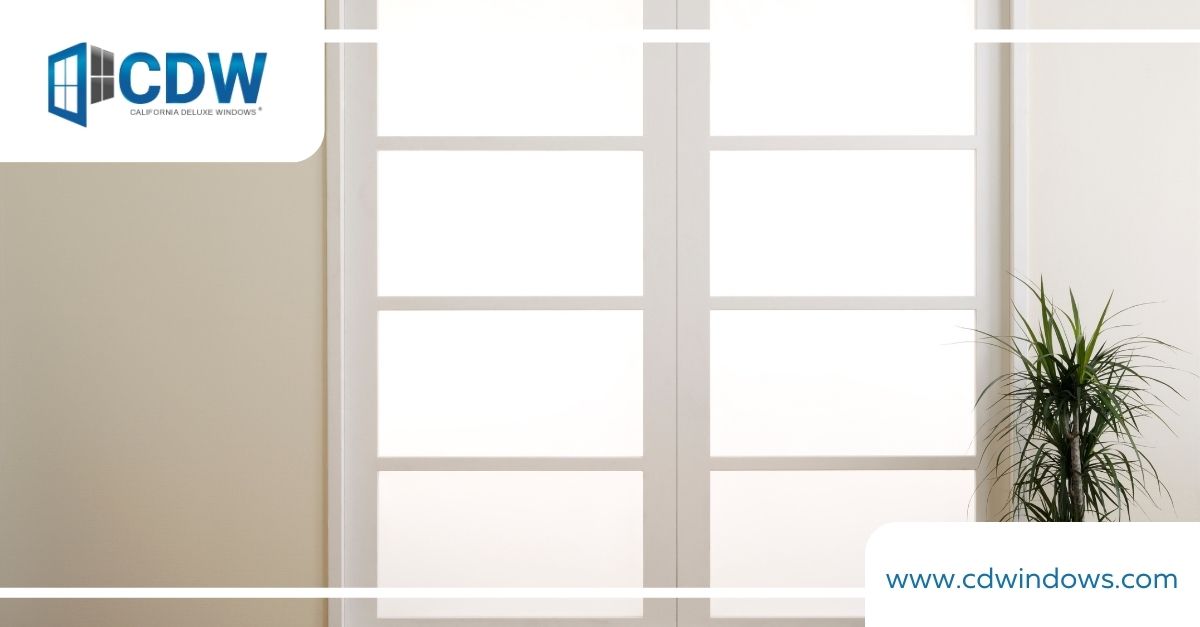The time has arrived. You’ve decided to replace those drafty outdated windows in your home. Now comes the hard part—choosing the right window style while making sure you keep your costs for maintenance and utilities in check.
Style Choices Galore
Windows come in multiple varieties these days. Double-hung, casement, sliding, curved—the options are endless.
Go with what fits the vibe of your home. For example, if you live in one of those cute Craftsman bungalows, casement windows with a hand crank are a great selection. For mid-century mod, sleek sliding windows make sense.
Not sure of your home’s style? When in doubt, double-hung windows are a safe, versatile choice.
Size Matters
Who doesn’t want more natural light? But don’t go overboard with windows that are too big for your rooms. Oversized windows mean more heat loss in winter or heat gain in summer.
For the best efficiency, choose windows that are sized appropriately for your room and climate. There are window-to-wall ratios you might want to explore or consider. If you go over that amount, you’ll increase your energy consumption.
Materials Make a Difference
Vinyl frames are solid, low-maintenance options for most homes. Wood frames add character but require frequent upkeep. Plus, they rot and warp – something that can make them a poor investment in the long run. Aluminum frames boost efficiency but can dent and corrode over time.
For maximum energy efficiency, choose windows with low-emissivity (low-E) glass and insulated, inert or gas-filled panes with a thermal break— two or three panes of glass with a spacer in between to reduce heat transfer. An argon gas fill and a low-E coating reflect heat back into your home during winter and keep heat out in the summer.
Energy Certifications
When shopping for new window styles, there are a few energy certifications you need to note. Doing so will ensure that you’re getting the most energy-efficient options.
Energy Star
Energy Star is the big “Star” of window certifications. If a window has the Energy Star label, it meets strict efficiency requirements set by the EPA and Department of Energy.
We’re talking high-performance glass, tight seals, and frames that curb heat transfer. Choose a window with an Energy Star rating, and you’ll see lower utilities.
NFRC
The National Fenestration Rating Council (NFRC) rates a window’s energy efficiency on a scale of 0 to 1. The higher the rating, the less energy it lets escape.
Look for a rating of at least 0.30, but closer to 0.50 or higher is ideal for maximum efficiency. The NFRC label will also give you info on the window U-factor (how well it insulates) and solar heat gain coefficient (how much heat it lets in).
PHIUS
For the eco-passionate, the Passive House Institute US (PHIUS) certifies “passive house” windows built for net-zero energy use. PHIUS windows have an NFRC rating of 0.8 and higher, and are made of multiple panes of high-performance glass and weather-tight frames. If you’re building an energy-efficient home, PHIUS-certified windows, for some, are the holy grail of energy efficiency.
Other Key Terms
Other buzzwords to watch for are “low-E” (low emissivity) glass which is coated to reduce heat flow, “gas-filled” windows with argon for insulation, and “triple pane” glass for the ultimate in energy use and less waste.
The bottom line is, the more certifications and the higher the ratings, the more you’ll save on heating and cooling costs.
Estimating the Energy Savings and Cost
At this point, you may wonder – just how much can you actually save after you’ve placed your new replacement window style.
Doing the Math
Figuring out potential energy savings requires some number crunching. First, determine your current windows’ inefficiency by finding their U-factor, which measures heat loss.
The lower the U-factor, the better. Most older windows are around 1.0, meaning they leak heat like a sieve. Energy Star-certified windows must have a U-factor of 0.3 or less.
Next, measure the square footage of your windows. Multiply that by your heating/cooling costs per square foot to get your current yearly expense.
Then calculate savings using the U-factors: a U-factor of 1.0 = no savings, 0.5 = up to 15-20% savings, and 0.3 = up to 30% savings or more.
Better Performance
New premium vinyl replacement windows offer the biggest energy savings, but other factors affect overall costs and payback time.
Window style: Double-hung and casement windows tend to be the most efficient. Sliding windows, not so much. Still, even sliding windows, when made with double panes and vinyl frames, meet a homeowner’s requirements for an Energy Star upgrade.
Frame material: Vinyl is both affordable and energy efficient. Wood and aluminum, not as much.
Glazing: Double or triple-pane glass with low-emissivity coatings trap heat the best. Single panes don’t offer this advantage.
Installation: A professional installation will seal and insulate best, maximizing energy use.
Incentives: Many utility companies and governments offer rebates, tax credits, or financing for energy-efficient home improvements like replacement windows. Take advantage!
Climate: Windows that reduce heating costs in cold climates may not lower cooling costs as much when it’s hot, and vice versa. Choose wisely, based on your location.
By crunching the numbers for your specific situation, you can make an informed choice and find a window style that maximizes energy efficiency within your budget. The savings might even surprise you!
Contact California Deluxe Windows
It’s time to make that all-important windows style upgrade. Call California Deluxe WIndows right away!



No Comments
Be the first to start a conversation